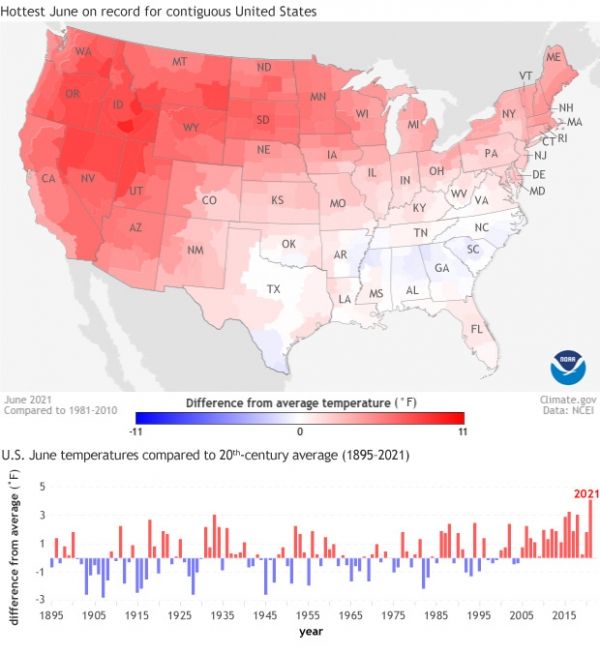An international team of weather and climate experts known as the “World Weather Attribution” project has analyzed the late June heatwave in the U.S. Pacific Northwest and come to a preliminary conclusion that the event was a roughly 1-in-1,000-year event in today’s climate. The results are preliminary because, while the methods the experts used have been applied to many other published studies like this, this specific analysis has not yet been formally reviewed by other experts.
If they are correct, it would have been at least 150 times rarer before global warming. Theoretically, a 1-in-150,000-year event—so rare, they concluded, that it’s fair to say it would have been “virtually impossible” in pre-industrial times. Taken at face value, it would also mean that events like that aren’t about to become common any time soon.
But the thing about those “then-and-now” comparisons is that they assume global warming will not radically change the overall statistical “shape” of the range of possible temperature extremes a location can experience. In other words, they are based on the idea that a given increase in global average temperature will lead to a statistically proportional increase in extreme heat—not a sudden paradigm shift in which the kind of heat that’s physically possible suddenly goes non-linear.
Continue reading at NOAA Climate
Image via NOAA Climate


